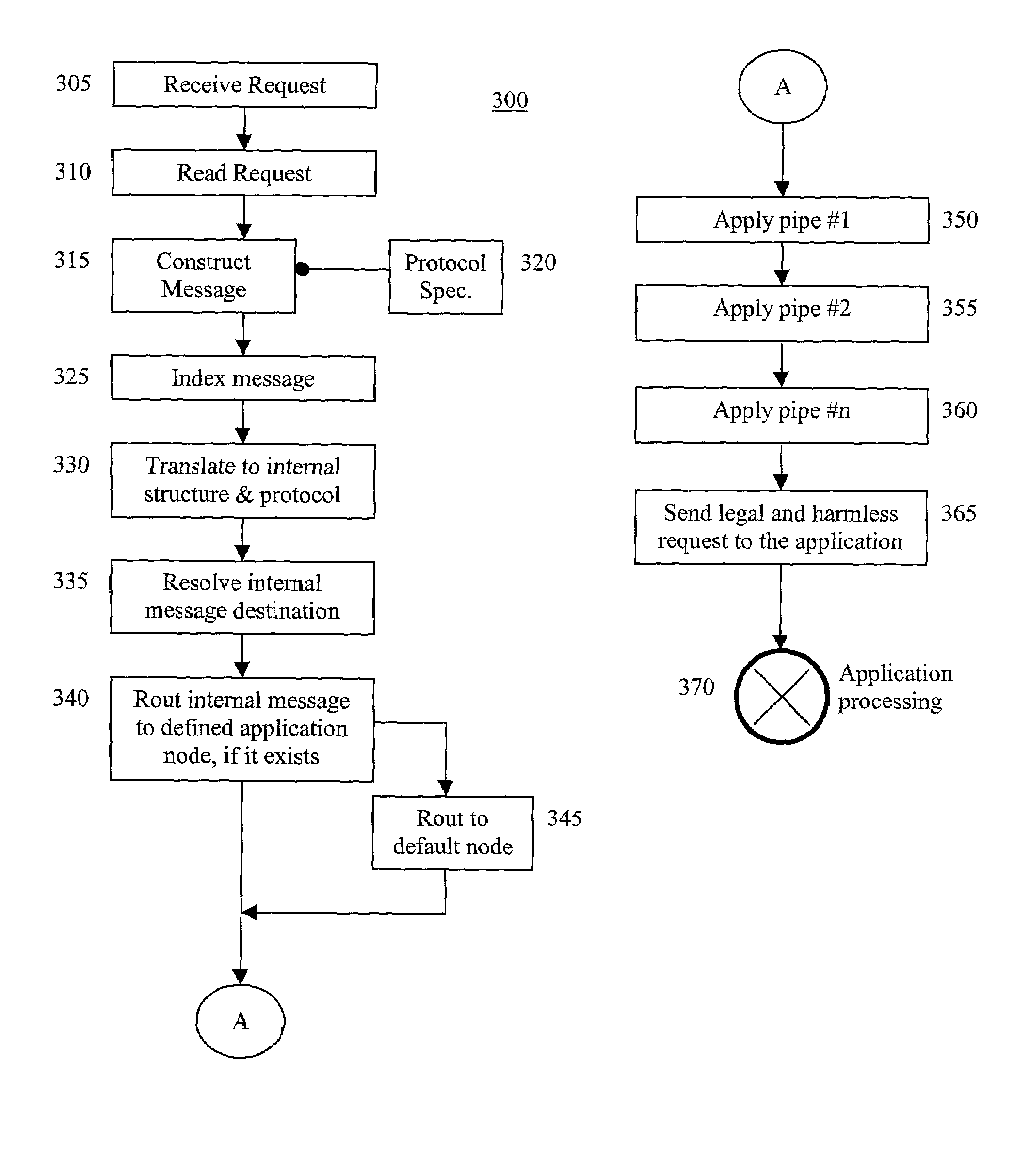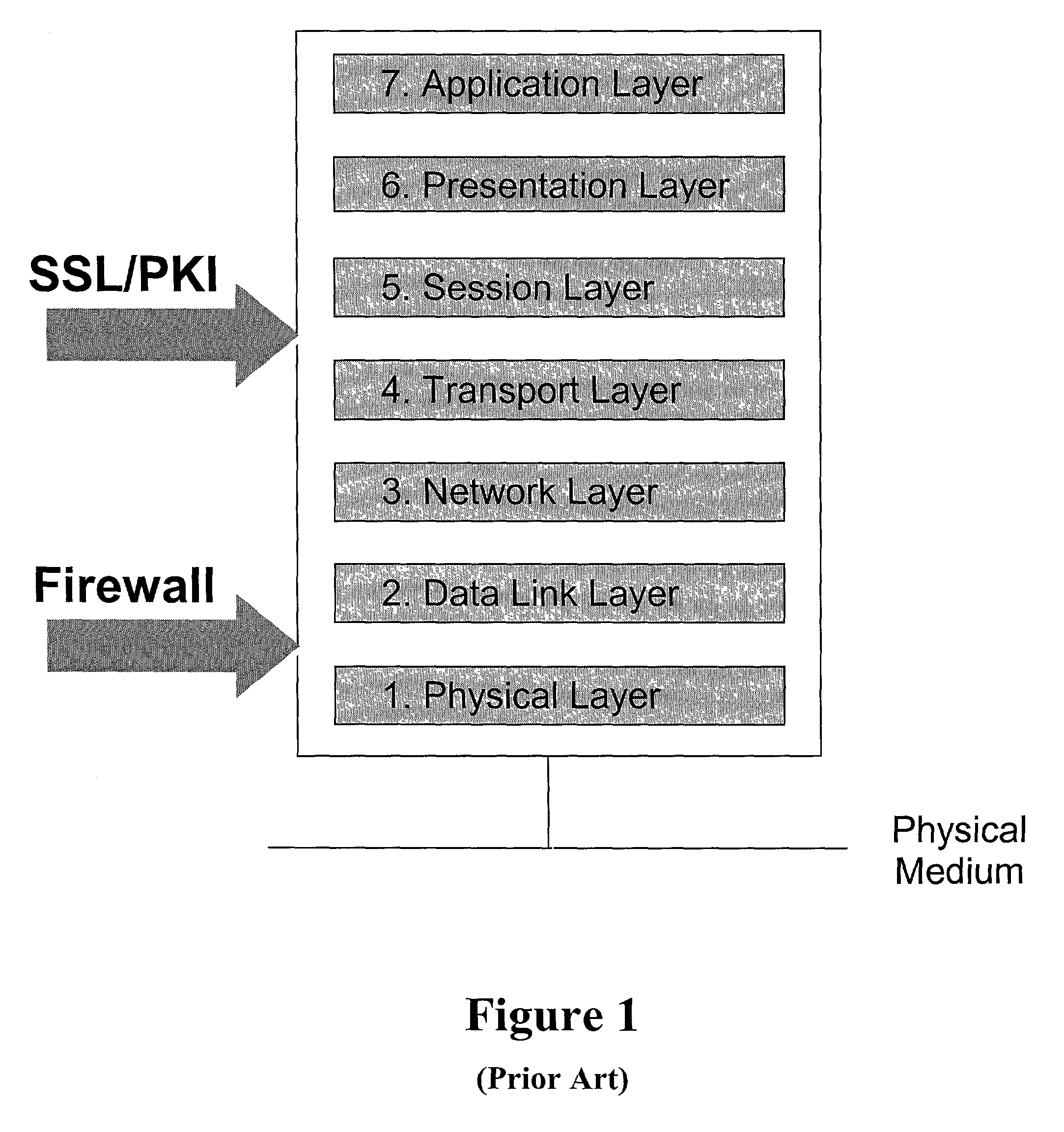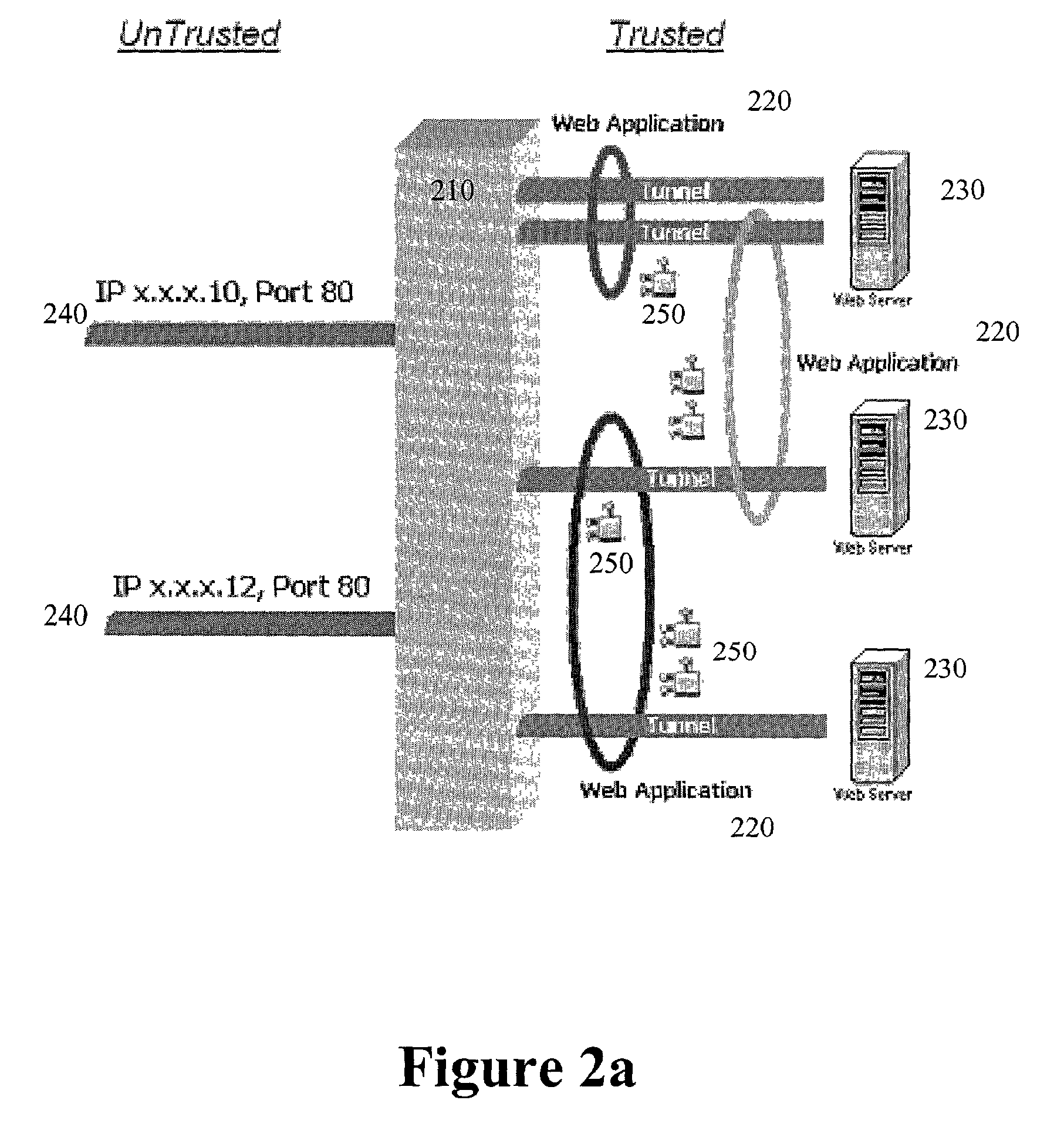Application-layer security method and system
a security method and application layer technology, applied in the field of application layer security method and system, can solve the problems of inability to completely ignore web hacking, inconvenience and perhaps irreversible damage to users, businesses, and operators of the system, and the server and the network attached, and achieve the effects of preventing attacks, robust, scalable, dynamic, effective and elegant solutions
- Summary
- Abstract
- Description
- Claims
- Application Information
AI Technical Summary
Benefits of technology
Problems solved by technology
Method used
Image
Examples
example implementation
[0172]Consider a service provider using a web application to provide access to remote customers to data stored in the service provider's production database. The application consists of three virtual directories, as shown in FIG. 15(a). A first directory relates to general information relating to the service provider at http: / / www.address.com / General. A second relates to customers information and purchase orders at http: / / www.address.comlGeneral / Customers. A third relates to professional articles published by the service provider at http : / / www.address.com / General / Articles.
[0173]Referring to FIG. 15(b), the application architecture is as follows: two web servers running each on a separated machine, e.g., server01 at internet provider (IP) address at 10.0.0.2:80 and server02 10.0.0.3:80; a relational database; and a single firewall in front of the web servers at listen address 192.32.42.104 / 80.
[0174]Key application layer threats are determined to be: IT infrastructure known and unkno...
PUM
 Login to View More
Login to View More Abstract
Description
Claims
Application Information
 Login to View More
Login to View More - R&D
- Intellectual Property
- Life Sciences
- Materials
- Tech Scout
- Unparalleled Data Quality
- Higher Quality Content
- 60% Fewer Hallucinations
Browse by: Latest US Patents, China's latest patents, Technical Efficacy Thesaurus, Application Domain, Technology Topic, Popular Technical Reports.
© 2025 PatSnap. All rights reserved.Legal|Privacy policy|Modern Slavery Act Transparency Statement|Sitemap|About US| Contact US: help@patsnap.com



